Philips OLED769 is the entry-level OLED model from the Dutch manufacturer for 2024, but don't let that mislead you. OLED769 surprises with its image quality and several interesting features. Thanks to OLED technology, the colours are truly vibrant, and the contrast is very good – deep blacks and bright lights displayed on this screen make a difference, especially when watching evening series. When it comes to motion fluidity, OLED769 performs really well. The 120 Hz panel handles dynamic scenes excellently, whether it's sports or gaming. When playing on consoles, the TV doesn’t disappoint either – 4 HDMI 2.1 ports support VRR and ALLM, and the fast response time ensures smooth and responsive gameplay. And what about Ambilight? It's a classic Philips feature and one of those functions that either gets loved or hated. In this model, it works very well – the backlighting responds to the content on the screen and adds ambience, especially in a dark room. It's not something everyone will consider essential, but it makes an impression in the evenings – at least on us. As for the new TitanOS operating system, it leaves us with mixed feelings. It runs quickly, but it lacks some popular applications. More demanding users may miss the flexibility that previous Philips systems (GoogleTV) offered. Philips OLED769 is a good choice for those looking for a TV with beautiful picture quality and the unique addition of Ambilight. The image quality and motion fluidity will satisfy most users, and the minor limitations of the operating system won't be a hurdle if you're focusing on basic apps. It's a solid option for both watching movies and playing games.
- Matching (Score)
- Our verdict
- TV appearance
- Where to buy
- Contrast and black detail
- HDR effect quality
- Factory color reproduction
- Color reproduction after calibration
- Smoothness of tonal transitions
- Image scaling and smoothness of tonal transitions
- Blur and motion smoothness
- Console compatibility and gaming features
- Input lag
- Compatibility with PC
- Viewing angles
- TV efficiency during daytime
- Details about the matrix
- TV features
- Apps
- Playing files from USB
- Sound
Philips OLED769 vs LG OLED C5
Direct compare
Check the best price offer:
LG OLED C5OLED769 / AMIBLIGHT TV
C5 / C54 / C5ELB / C51

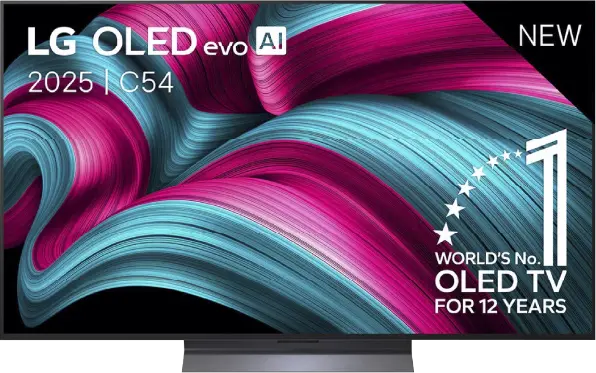
Panel type: WRGB OLED
Resolution: 3840x2160
System: Titan OS
Model year: 2024
Complete the survey to find out the result

Panel type: WRGB OLED
Resolution: 3840x2160
System: WebOS
Model year: 2025
Complete the survey to find out the result

Overall rating
7.3
8.2
Movies and series in UHD quality
7.7
8.5
Classic TV, YouTube
8.4
8.9
Sports broadcasts (TV and apps)
8.3
8.6
Gaming on console
9.2
9.4
TV as a computer monitor
7.6
8.6
Watching in bright light
4.6
6.2
Utility functions
5.7
7.9
Apps
6.2
9.1
Sound quality
6.7
7.2
Complete the survey to find out what fits your preferences
Advantages
Great contrast
Ideal choice for gamers and sports - HDMI 2.1, 120Hz, low input lag
3-sided Ambilight system
Excellent colour reproduction after calibration
Great black and endless contrast thanks to the OLED panel
Above-average brightness (for an OLED TV)
Nearly reference-quality picture after calibration
Full suite of features for gamers: 4xHDMI 2.1, low input lag, HGiG, VRR and more
Very good motion smoothness – 144 Hz OLED panel
Intuitive and modern WebOS system
Convenient Magic remote control with a gyroscope
Disadvantages
Poorly developed operating system - TitanOS
Average brightness
Different versions of the remote in derivative models – it's hard to predict which version we'll get
Average reflection damping – this may be an issue under very bright light
No support for DTS:X – an external amplifier is required for full support of this format
Our verdict
LG C5 is a very successful continuation, and in several aspects, even a step forward compared to last year's C4 model. The biggest change is the significantly higher brightness – for the first time in the history of the C series, the barrier of 1000 nits has been exceeded, which significantly improves the quality of HDR effects. Both movies and TV shows look more dynamic as a result, and bright scenes finally have the appropriate “shine.” After calibration, the picture quality is almost reference-level, and one gets the impression that we are dealing with equipment much more expensive than its price suggests. C5 is also one of the best choices for gamers – four full HDMI 2.1 ports, low input lag, support for VRR, G-Sync, and correctly implemented HGiG. Additionally, the 144 Hz panel makes not only gaming but also watching sports pure pleasure. The convenient WebOS system and the Magic remote with cursor control functionality deserve a mention as well – everything works smoothly and intuitively. This is a television that you simply want to use.
However, there are a few minor reservations. This year, LG decided to abandon support for DTS codecs, which may be troublesome for people using physical media and Blu-ray film collections. It's also worth noting the confusion regarding the different versions of the remote – depending on the model designation, we may receive a completely different remote than the one we held during our tests. Despite these few comments, LG C5 is a television that makes an excellent impression in almost every respect. Brightness, colours, gaming features, fluidity of the image, and overall build quality make it one of the best OLEDs in its class.
TV appearance
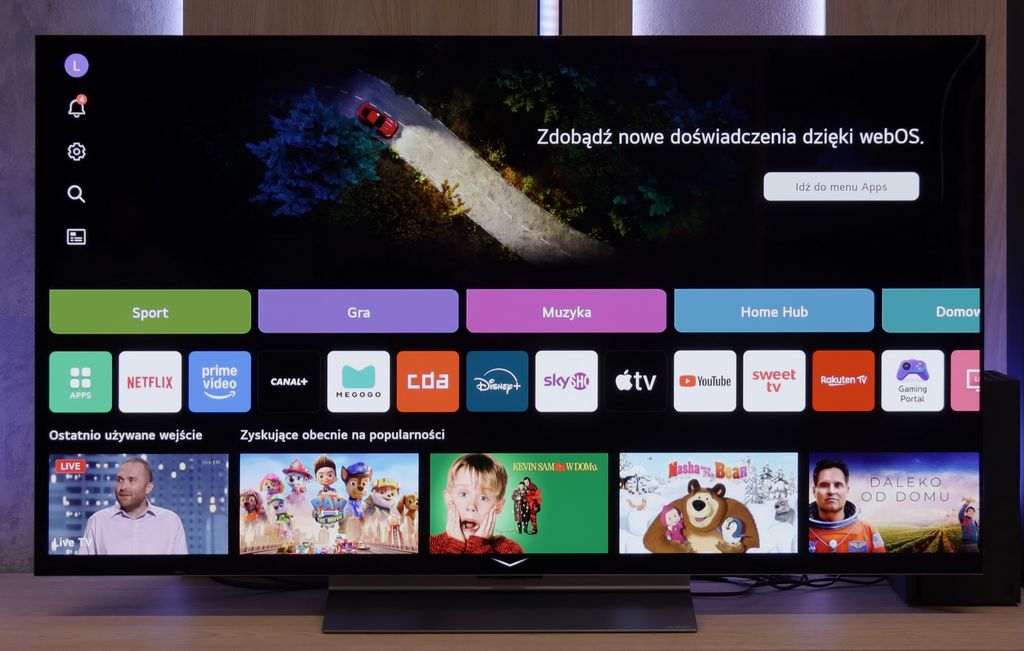
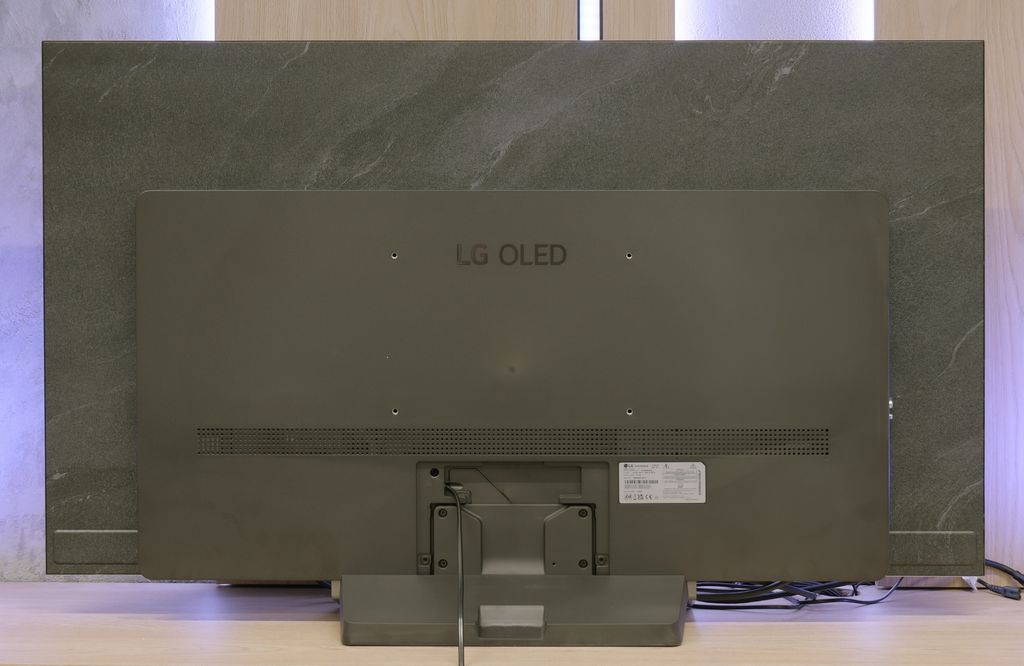
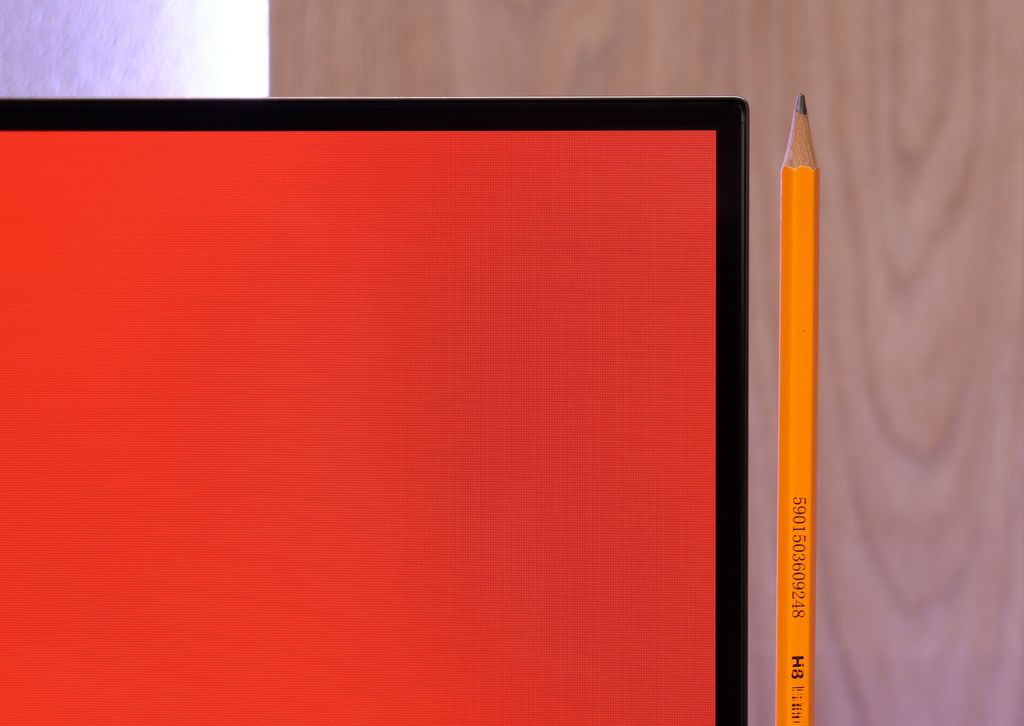

Contrast and black detail
10/10
10/10
Contrast:

Result
∞:1

Result
∞:1

Result
∞:1

Result
∞:1

Result
∞:1

Result
∞:1

Result
∞:1

Result
∞:1

Result
∞:1

Result
∞:1
Halo effect and black detail visibility:

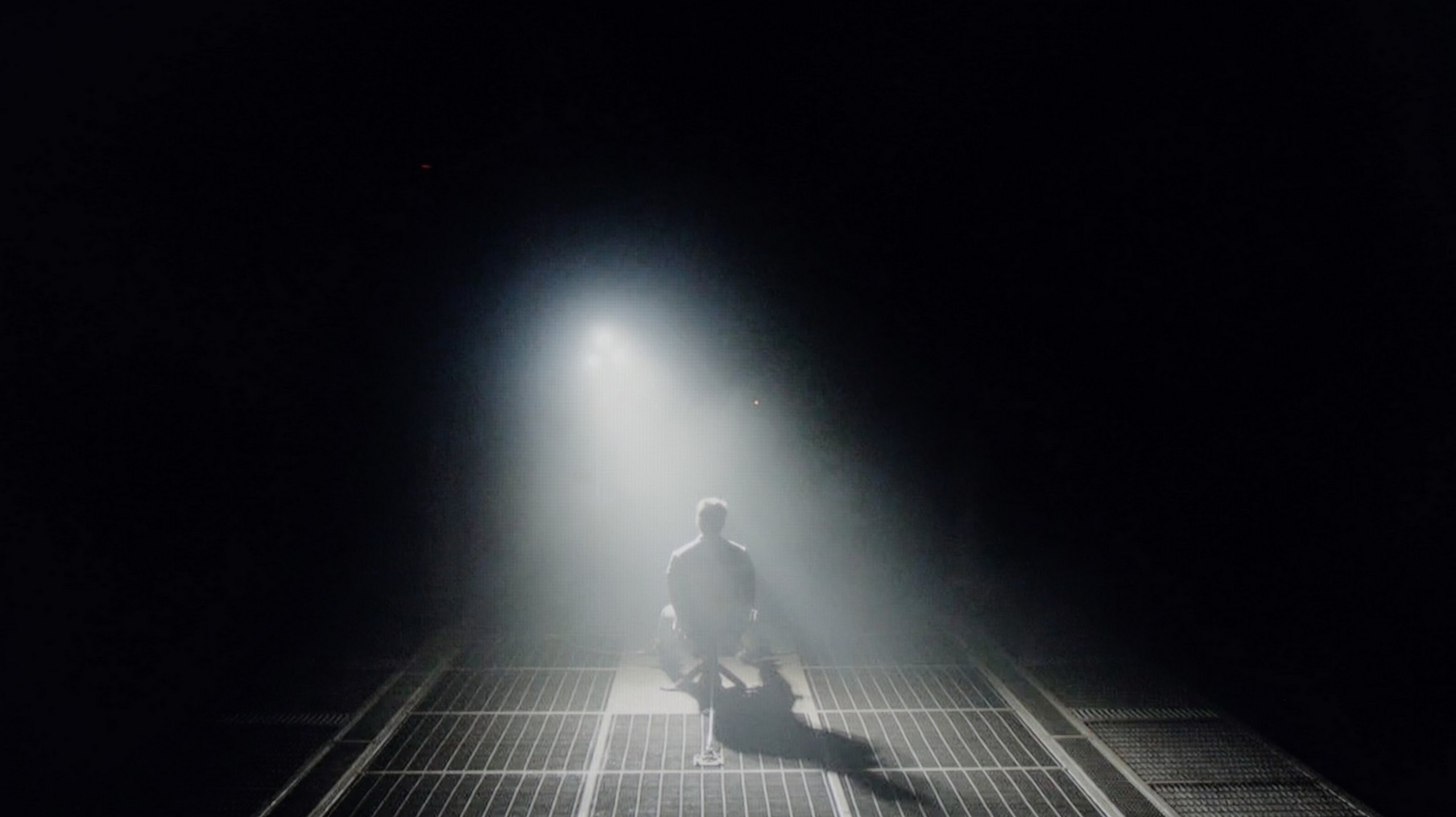
Philips OLED769 amaze with its black and contrast quality. Thanks to OLED technology, each pixel in this television is self-illuminating, allowing for complete shutdown of individual pixels. This means that black areas of the image are perfectly black, and the contrast is infinite. The effect is incredibly realistic, with excellent clarity and detail in dark scenes. The OLED panel used in Philips OLED769 is produced by LG, known as WOLED, ensuring the highest quality in black reproduction. As a result, the television offers contrast that is unattainable for traditional LCD televisions - even the best ones on the market.
In the category of black and contrast, the LG C5 fits perfectly into what we've come to expect from OLED TVs – it's simply ideal. Thanks to the use of an organic matrix (WOLED), each pixel lights up independently, resulting in infinite contrast and perfect black. There are no halos, streaks, or other typical LCD TV artifacts here. Details in bright parts of the image are excellently visible, and watching with the lights off is pure enjoyment. If someone is looking for a TV for evening viewing with great contrast – the C5 is a very strong contender.
HDR effect quality
6.1/10
7.2/10
Luminance measurements in HDR:

Result
609 nit

Result
707 nit

Result
801 nit

Result
775 nit

Result
261 nit

Result
1079 nit

Result
1059 nit

Result
1120 nit

Result
1094 nit

Result
707 nit
Scene from the movie “Pan” (about 2800 nits)


Scene from the movie “Billy Lynn” (about 1100 nits)


Static HDR10


Dynamic: Dolby Vision
Dynamic: Dolby Vision


HDR luminance chart:
LG OLED C5
HDR luminance
Luminance of RGB colors
Philips OLED769
HDR luminance
Luminance of RGB colors
Philips OLED769 performs quite well, especially in movie scenes with small light points. The television surprises with its brightness, reaching around 800 nits, which is an impressive result. This means that small light sources, like street lamps at night or stars in the sky, are vivid and full of detail. However, the biggest challenge for this model is the scene with a full-screen sun glare. In such moments, the brightness drops to around 250 nits, which isn’t very impressive. This is a typical issue with cheaper OLED displays, which struggle to maintain high brightness across the entire screen.
LG C5 has finally done what we've been waiting for years in the C series – it exceeds 1000 nits of brightness! This is a significant change compared to previous models in the series and very important – because most HDR content on streaming platforms is created around such luminance today. The image finally has the right "glow," and details in the highlights look as they should even without the use of dynamic metadata. However, there are scenes where the C5, like most OLED TVs, has certain issues. Especially when the screen has to light up entirely. In our test sequences, like the bright scene from the movie The Meg, brightness noticeably drops. Don't get us wrong, this result is not bad; it’s more of a reminder that OLED technology still has its limitations. Year by year, they are getting smaller, but they still exist.
Now, what about the colours? They are very good. Although the C5 doesn't match OLEDs with QD-OLED or Tandem RGB panels, its coverage of the DCI-P3 gamut at 97% and 73% of BT.2020 will satisfy even the more demanding viewers. The colours are saturated, natural, and very consistent in HDR materials.
Factory color reproduction
6.4/10
8.2/10


Factory Mode
After calibration


Factory Mode
After calibration
The "Film" mode turned out to be the best factory setting in terms of fidelity to the original material, and it was on this setting that we based our tests. However, like other factory modes, it was not without its flaws. Let’s take a closer look at what exactly went wrong in the SDR and HDR materials.
In both cases, the white balance was disturbed by excessive dominance of green and red colours. This phenomenon created a yellowish tint that spilled over the entire image, leading to issues such as yellowed whites and unnatural skin tones. These problems were clearly highlighted on the "ColourChecker" palette, where each of the samples was shifted towards warmer shades.
As for contrast and brightness, in the Philips OLED769, we can look at two key graphs: Gamma for HD content and the EOTF curve for 4K HDR content. In the case of the first graph, the gamma value is below the optimal level of 2.4, resulting in the bright parts of the image being lightened. This means that bright elements may be somewhat overexposed, losing detail and depth. Meanwhile, the EOTF curve for 4K HDR content performs really well. The graph shows that the television effectively reproduces details in both the brightest and darkest parts of the image, translating to a realistic and dynamic representation of scenes.
LG C5, like other TVs we tested, was checked in the best possible factory mode – which remains the Filmmaker Mode. And here we have good news: in SDR materials, LG has once again done a solid job. The white balance and colour reproduction right out of the box are at a very high level. Most errors – both in balance and in the Colour Checker test – did not exceed a ΔE value of 3, which is the threshold above which differences become visible to the naked eye. Such factory settings are what we'd like to see in many more TVs!
However, the situation is different for HDR content, which is what the C series was truly designed for. Here, the C5 performs weaker. An excessive amount of blue in the white balance causes the image to appear distinctly cooler – which affects things like unnaturally pale skin tones or somewhat shifted tonality of the entire scene. Fortunately, LG provides very precise calibration tools, and we – as always – made use of them.
Color reproduction after calibration
8.8/10
9.4/10




After professional calibration, Philips OLED769 truly shines in terms of colour accuracy. The television has been completely rid of any yellow tint in both HD and 4K content. The Colour Checker test confirms that deltaE errors are minimal, occasionally exceeding 2, which means we can talk about almost perfect renderings of the director's vision.
When it comes to contrast, the situation is equally impressive. For 4K materials, there wasn't much to improve from the start, while the gamma graph has been significantly enhanced. As a result, dark and bright parts of the image are represented with greater accuracy, leading to realistic and dynamic scene reproduction.
The calibration has unlocked the full potential of this television, both in terms of colour and contrast. Philips OLED769 now offers vivid, natural images of high quality that will delight any user, whether they're watching movies or using other multimedia.
We must honestly admit – in the case of the LG C5, it took very little to achieve an almost perfect image. After carrying out calibration, we managed to achieve compliance with reference screens at a level that impresses even compared to significantly more expensive models. The image after our adjustments looks exactly as filmmakers and series creators would want – with no colour distortion, natural depth, and subtle plasticity. LG has done a great job this year regarding factory settings and calibration potential. Hats off!
Smoothness of tonal transitions
5.9/10
8.2/10












The gradation in Philips OLED769 unfortunately proves problematic in almost every scene from the test sequence. Particular difficulties arise in dark colours and around blacks. In these areas, in addition to the posterization effect, the image is accompanied by a solid amount of noise. The problem with tonal transitions is not limited to dark hues – it can also be seen in lighter elements, such as in a scene from the movie "Kingsman", where clear colour banding is visible around the sun. This phenomenon can significantly affect the visual experience, especially in scenes where black and dark shades play a crucial role. It's hard not to notice these imperfections, which can disrupt the viewing experience, particularly for viewers who value excellent image quality.
WOLED TVs have not been known for perfect smoothness in tonal transitions until now. It was often noticeable to see delicate bands between colours – especially in darker parts of the image – which gave the impression that the colours do not transition smoothly, but rather slightly "step". This year, LG has made significant progress. In the C5 model, this issue has been largely eliminated. Indeed, in very dark scenes, you can still see subtle boundaries between colours, but they are non-intrusive enough that hardly anyone except for more demanding viewers will notice them. For most users, the smoothness of tonal transitions in the C5 will simply be impeccable.
Image scaling and smoothness of tonal transitions
7.2/10
7.8/10
Smooth transition function

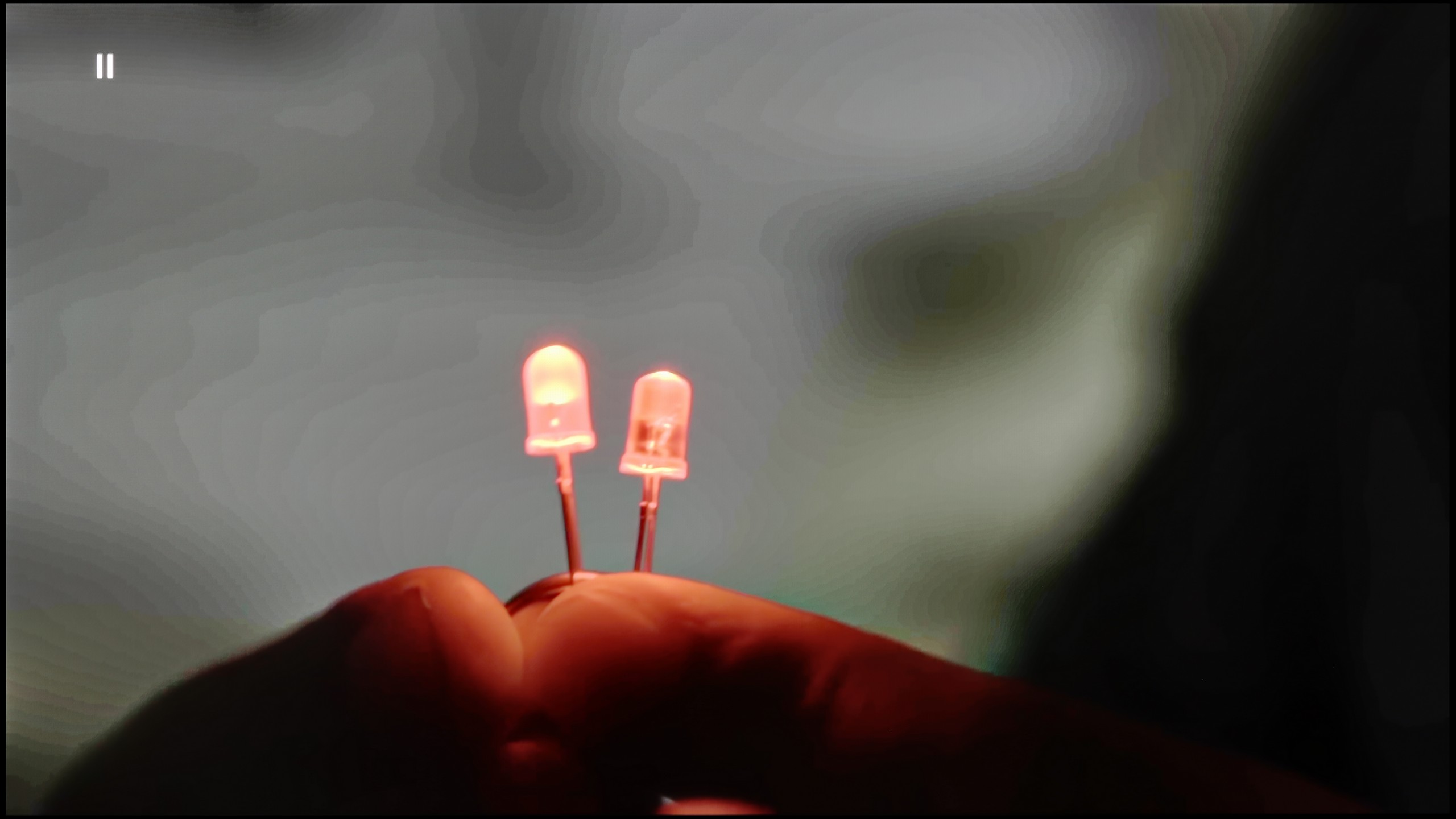
Image without overscan on the SD signal


When it comes to lower quality materials, the distortion reduction in the Philips OLED769 does well at smoothing tonal transitions, especially at the minimum setting. It's worth noting that at this setting, film grain isn't blurred, which is a pleasant surprise, as such negative phenomena often occur with other manufacturers. Overall, it's quite a decent solution. However, it should be noted that this setting doesn't work in HDR mode, where gradation issues are much more pronounced. In HDR mode, the television struggles with smoothing tonal transitions and may present more noticeable distortions and noise, reducing image quality in dynamic scenes.
As for digital processing, the Philips OLED769 performs well. The model in the picture isn’t overly jagged, and the branches in the background lack the characteristic artifacts. The television achieves this effect by avoiding artificial sharpening, which may be an advantage for some users. However, others may find this less appealing, as they prefer a more vivid, sharper image rather than a subtle effect. This effect can be mitigated by using a higher setting for the "Sharpness" parameter.
LG C5 handles lower quality materials exceptionally well. One of the main issues that older WOLEDs faced was posterisation – unwanted “steps” in colour transitions. The C5 utilises a system function that smooths these transitions, and it works surprisingly effectively. The banding effect is nearly completely eliminated, and the image gains consistency. Compared to last year's model, we feel that this function operates slightly weaker – but the good news is that it doesn't compromise the image structure. Film grain, textures, and details remain on the screen – nothing is forcefully smoothed out.
The C5 also excels at enhancing the quality of older recordings. Thanks to the α9 Gen6 (8th gen) processor, "scaling to 4K" is impressively solid. The image is clear, details are sharp, and the only minor drawback might be a slightly noticeable aliasing on some edges. However, there is no problem with overscan here – the image is not artificially cropped or shifted, which is a significant plus and still not a given.
Blur and motion smoothness
8.3/10
8.5/10

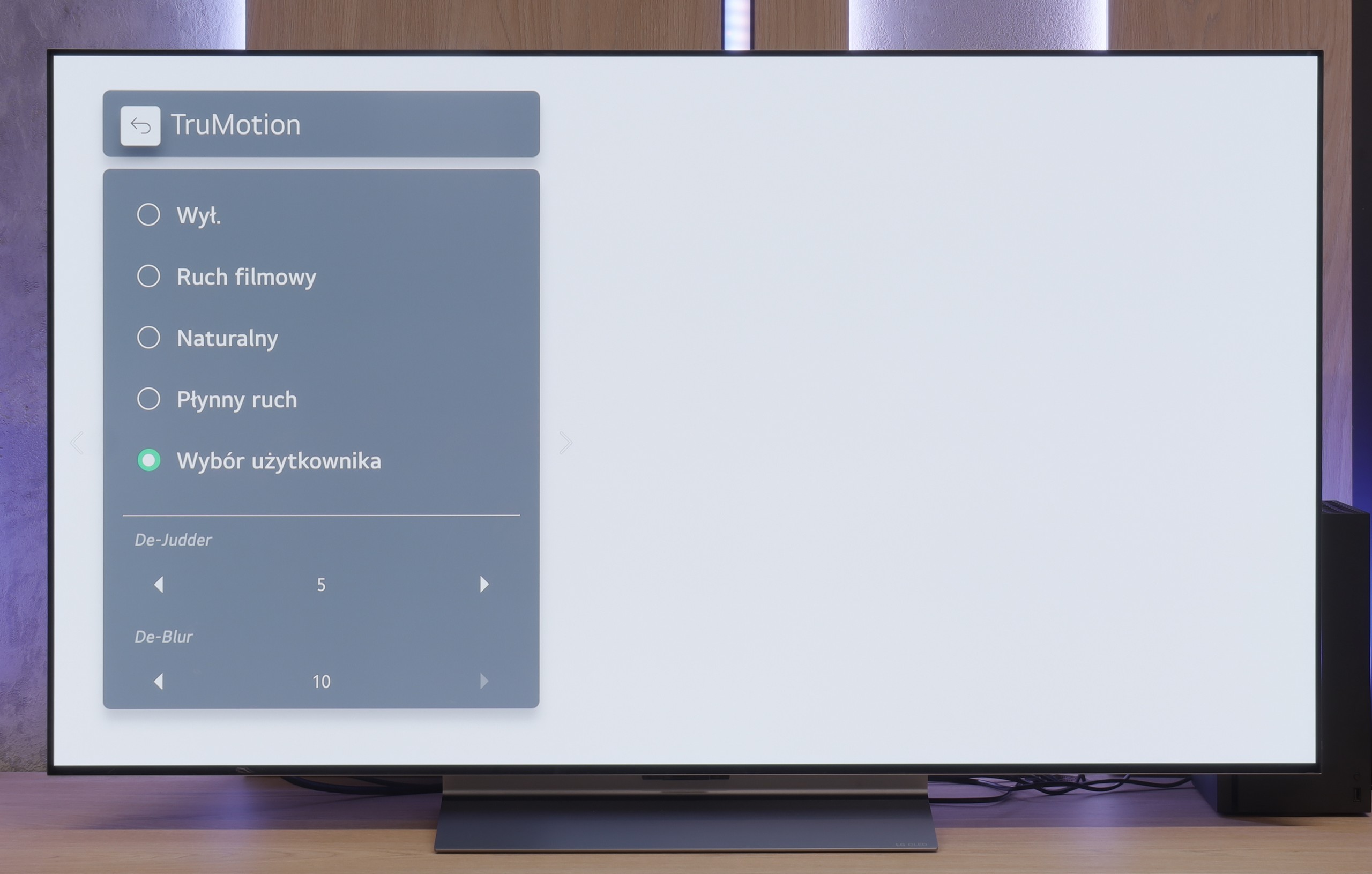
Blur (native resolution, maximum refresh rate):






Philips OLED769 features a multi-level motion smoother called "Motion Style," which will please users who value the ability to adjust motion fluidity in films. With this function, the image can be set to appear more stuttery or fluid, reminiscent of a theatrical effect. It's a great solution for those who want to tailor the displayed content to their visual preferences. Gamers will also not be disappointed, as the television, like most OLEDs, is equipped with a 120Hz panel. This ensures extraordinary fluidity and dynamic imagery. Unfortunately, Philips OLED769 does not have the BFI (Black Frame Insertion) feature, which could further enhance the smoothness and clarity of motion. Despite this limitation, the television still offers excellent visual experiences for both cinema lovers and gamers. This is definitely one of its strong points.
The LG C5 is equipped with a 144 Hz display, and this, combined with virtually zero response time of the OLED pixels, makes it one of the best screens for watching dynamic content. It doesn’t matter whether it’s sports, fast-paced games, or just action – the image is razor sharp.
And what about movies at 24 frames? LG has thought of that too. The built-in "TruMotion" smoother allows you to adjust the picture to your own preferences. The “de-judder” slider increases fluidity in films, while “de-blur” subtly reduces motion blur – although to be honest, it’s practically invisible here.
Console compatibility and gaming features
10/10
10/10
- ALLM
- VRR
- VRR range40 - 120Hz40 - 144Hz
- Dolby Vision Game Mode
- Correct implementation of HGIG
- 1080p@120Hz
- 1440p@120Hz
- 4K@120Hz
- Game bar

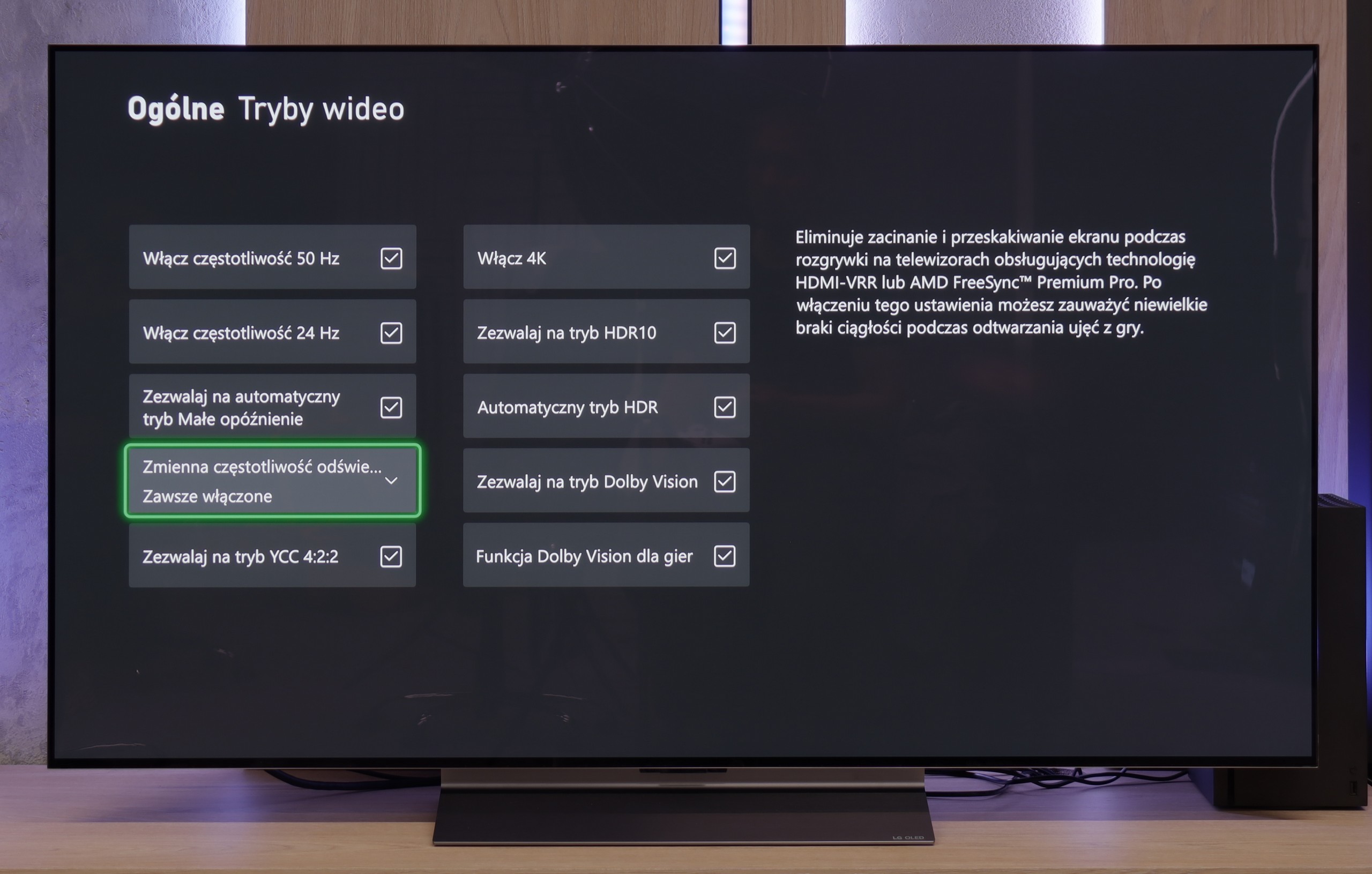

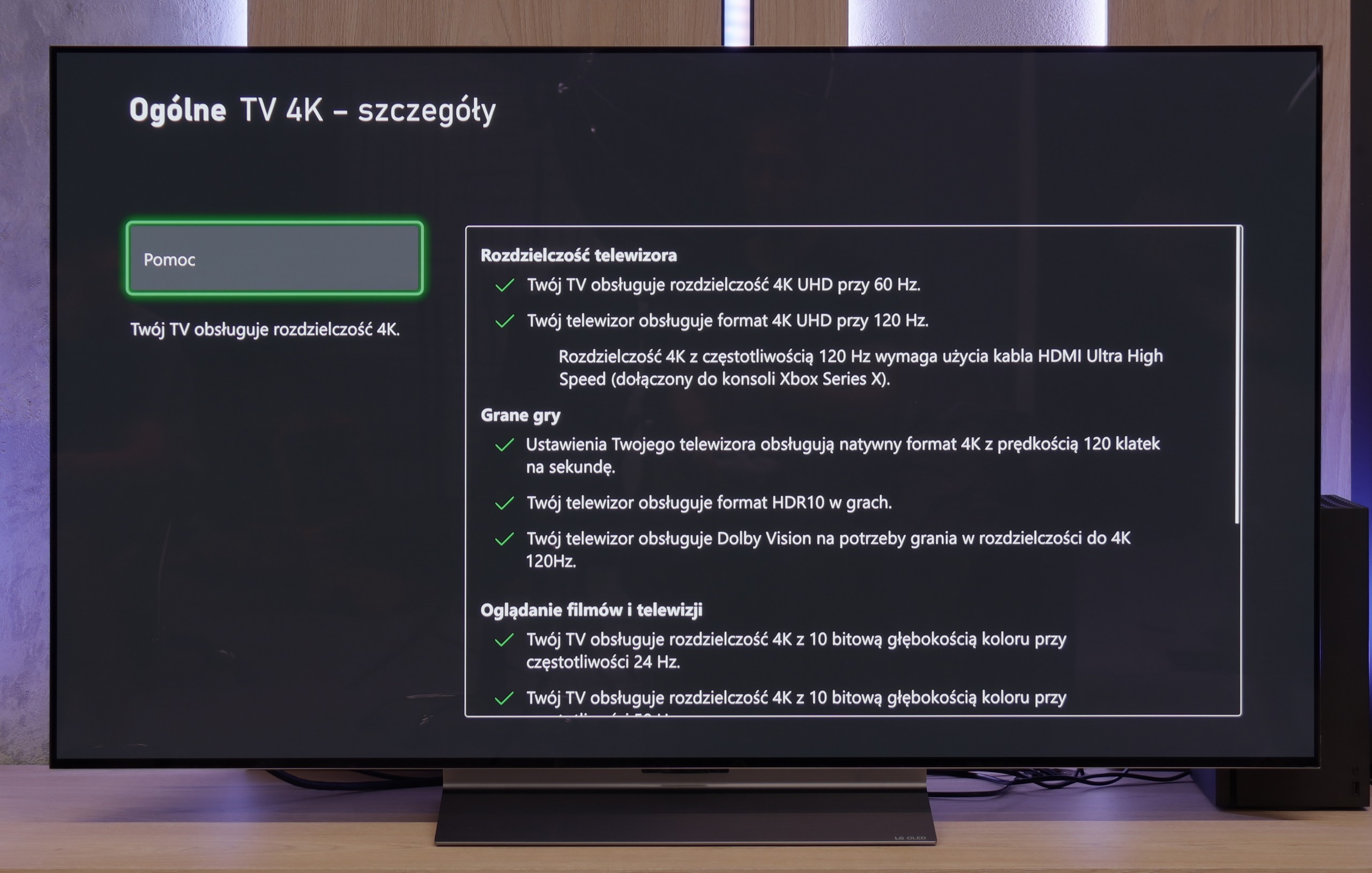

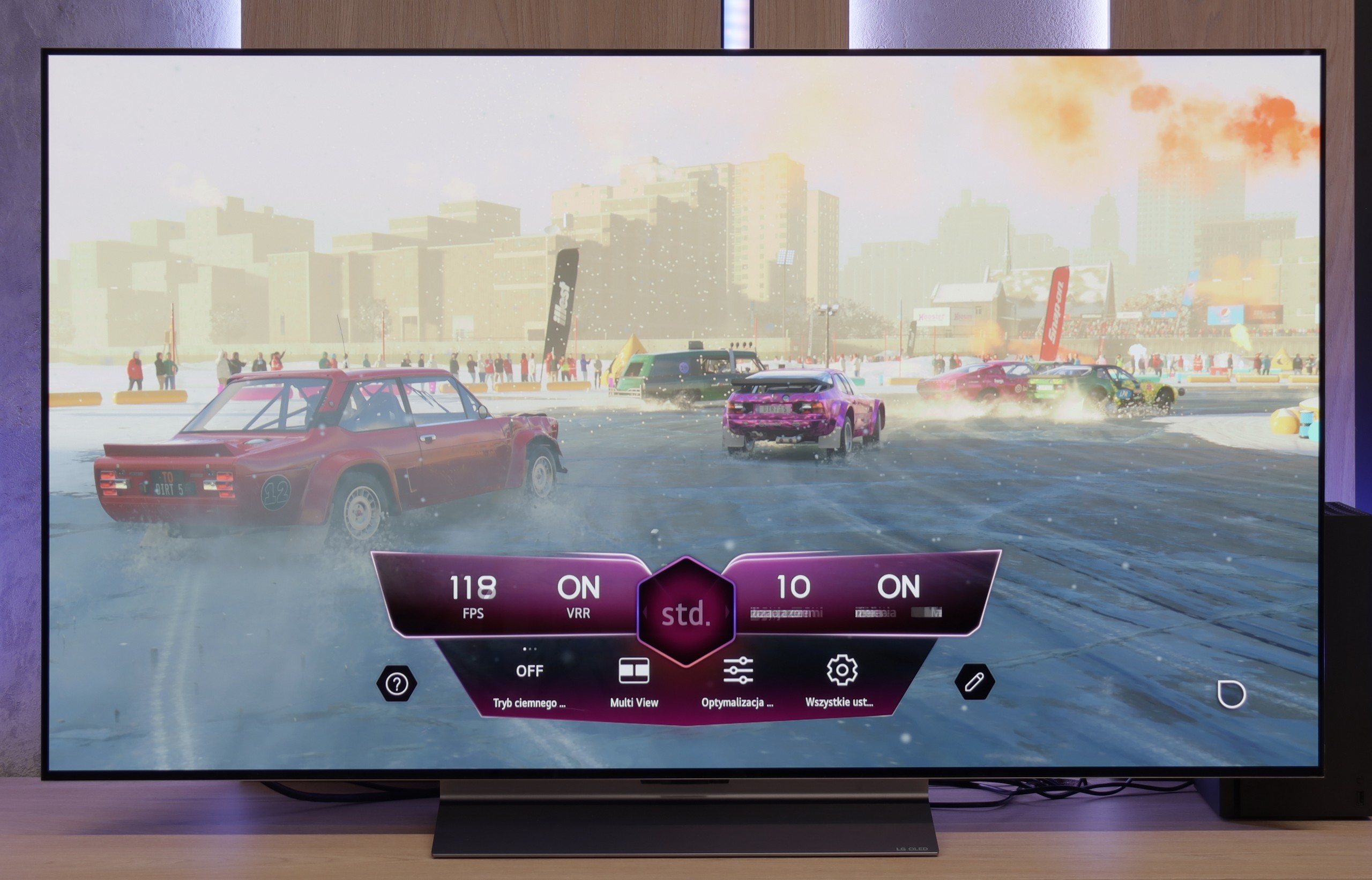

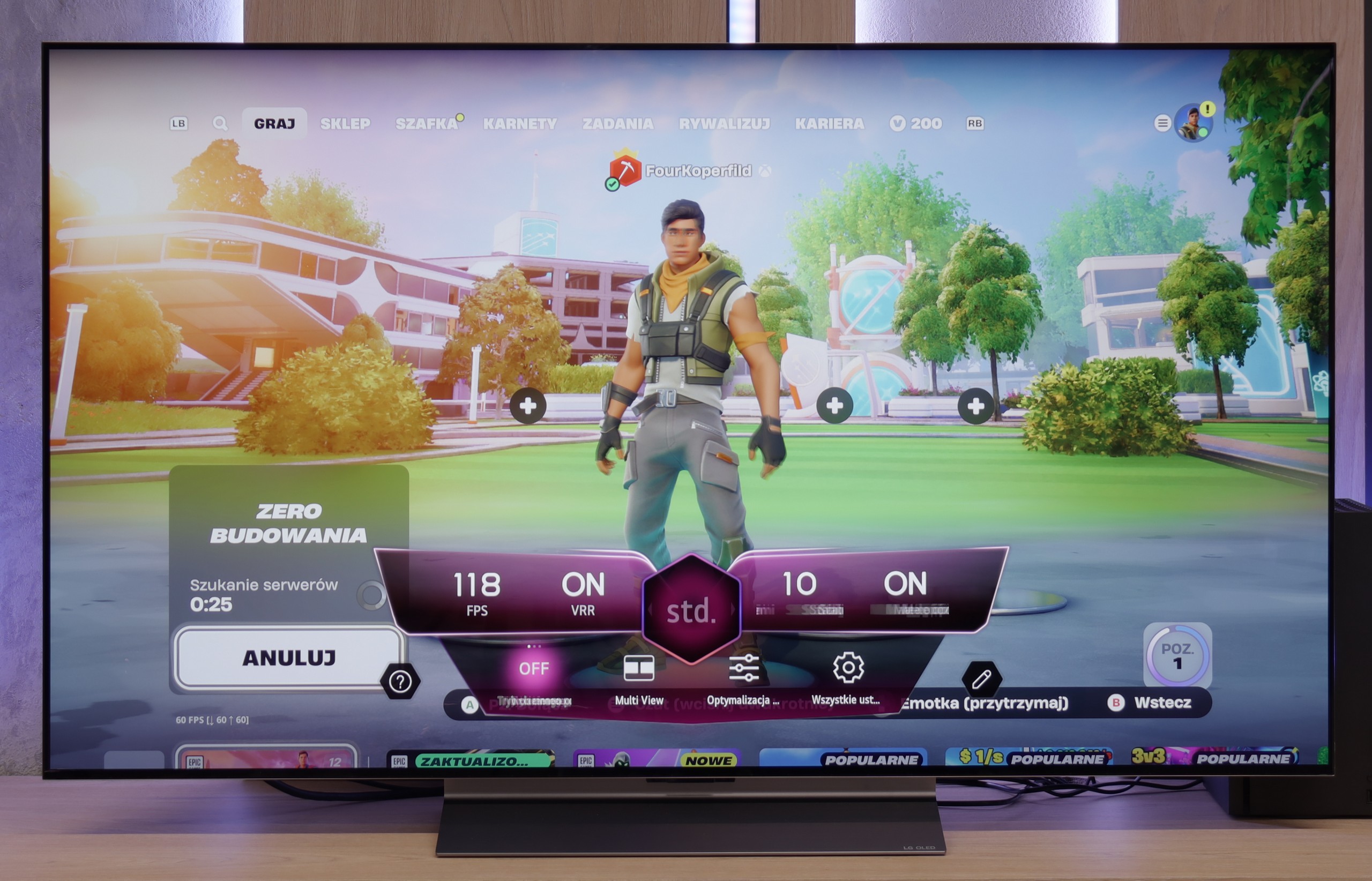
Philips OLED769 has been designed with gamers in mind, offering full compatibility with consoles and the highest quality gameplay. The television received the maximum rating in this category, providing everything your heart desires. With HDMI 2.1 ports fully supporting ALLM (Auto Low Latency Mode) and VRR (Variable Refresh Rate), the TV ensures smooth and hassle-free gaming. ALLM automatically switches the television to low latency mode, and VRR eliminates stuttering and screen tearing, resulting in smoothness and stability in gameplay. The Dolby Vision feature for gamers is another advantage, although it only works at 60 Hz. Most casual gamers will probably not feel the lack of a higher refresh rate, however, more demanding users may have some reservations. It allows for enjoying a dynamic range of tones and realistic images, enhancing the gaming experience. PC gamers will also not be disappointed, as the Philips OLED769 offers full compatibility with Nvidia graphics cards, thanks to support for G-Sync. This technology synchronizes the TV's refresh rate with the graphics card, eliminating tearing and stuttering, leading to excellent image smoothness.
Philips OLED769 is a television that perfectly meets the needs of gamers, offering a wide range of advanced features and technologies that significantly enhance game quality and user comfort.
LG C5 is a TV designed with gamers in mind – and there's not a hint of exaggeration in that. It's hard to find anything to criticise here. We have a refresh rate of 144 Hz, full support for VRR, ALLM, and as many as four HDMI 2.1 ports with full bandwidth of 48 Gb/s. For those who have an Xbox, PS5, Nintendo, and a gaming PC in one room – no limitations, everything can be connected without any hassle.
Configuring HDR for gaming is also straightforward. The TV correctly supports the HGiG mode, which allows you to achieve an image that aligns with the creators' intentions. For those interested, there is also Dolby Vision in the Gaming version, although we still recommend HGiG as the most predictable and "clean" variant of HDR in games.
It also includes the Game Bar, which is a "command centre" for the gamer. Everything important, from VRR settings, picture modes, to frame rate information – is at our fingertips. The interface is simple and clear. It may look like something out of a space simulator, but it serves its purpose and just works; exactly as it should.
C5 is truly a complete package for any gamer.
Input lag
9.8/10
10/10
SDR
HDR
Dolby Vision
The input lag of the Philips OLED769 is impressively low. At a refresh rate of 120Hz, values hovering around 5 ms are truly impressive, and at 60Hz, 13 ms is also an excellent result. Such low latencies provide a quick response to player movements, which is crucial for smooth and responsive gameplay. The only downside is the lack of support for Dolby Vision with content/games at a 120Hz refresh rate. Nevertheless, the TV still offers incredible visual experiences and excellent specifications that will satisfy any gamer.
The response time of the LG C5 to our movements with the controller is exemplary. Regardless of the chosen resolution or frame rate – the lag is so low that it is virtually unnoticeable in practice. Playing on this television is simply a pure pleasure. Some delay is introduced by the Dolby Vision mode, which shouldn't be surprising – this applies to almost every television on the market equipped with this mode. Nevertheless, even with Dolby Vision active, the input lag remains low enough that gameplay is still smooth and responsive.
Compatibility with PC
7.6/10
8.6/10

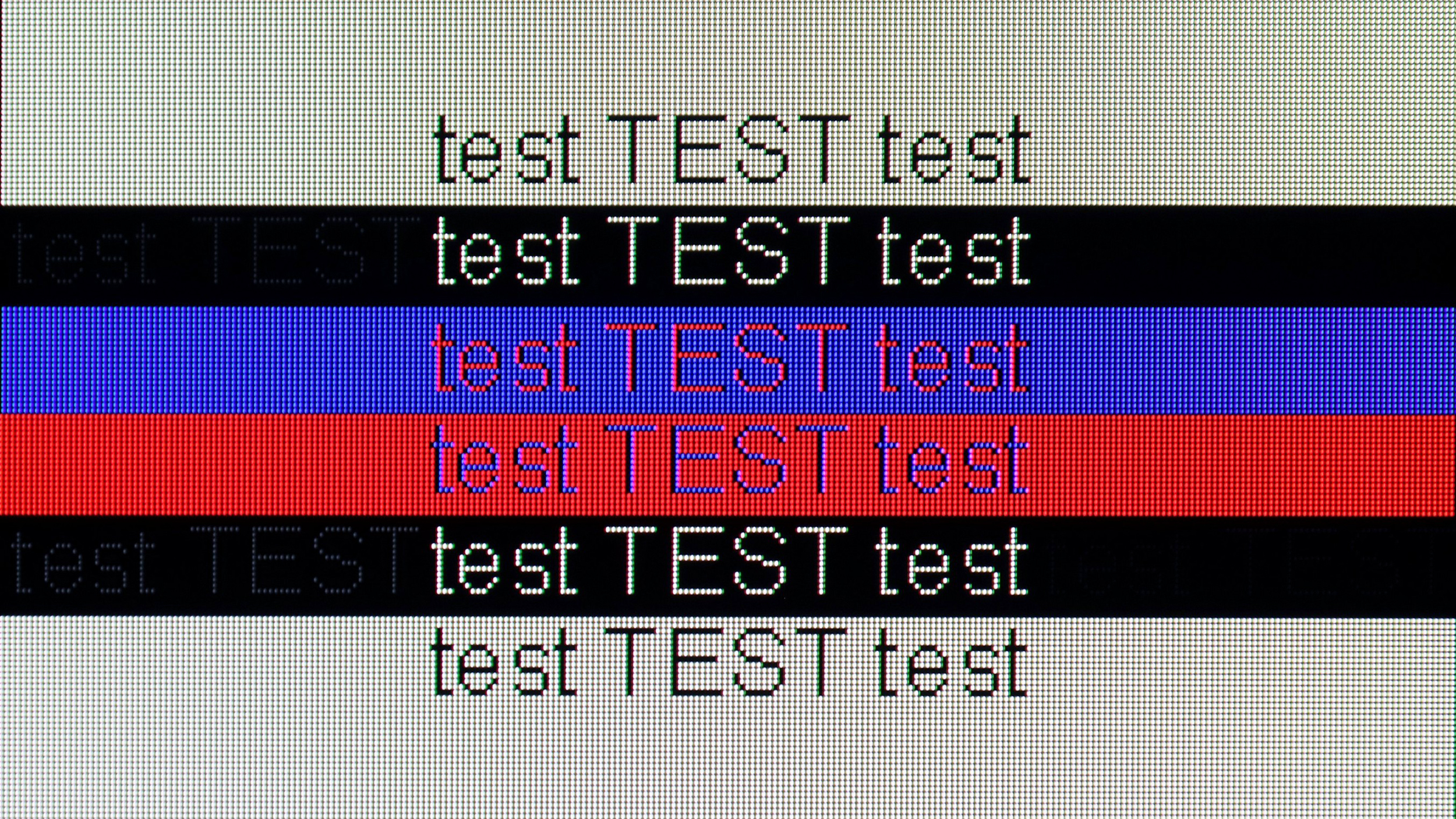
OLED769 works perfectly with PC computers. The rating in this category is very good, mainly due to the excellent readability of fonts, regardless of the background colour. The support for chroma 4:4:4 further enhances the image quality, providing clear and sharp details. The low response time is another advantage of this model, translating into smoothness and responsiveness during work and gaming. All of this makes the Philips OLED769 an ideal choice for PC users looking for a large screen with high image quality and excellent parameters.
C5 – as we mentioned – is a television created for gamers, so playing even on a computer is an absolute pleasure. The 144 Hz panel, low input lag, and original G-Sync certification just confirm this.
When it comes to work – it's also very good. The fonts are readable, the interface clear, however, it's worth remembering that we are dealing with a WOLED panel and a WRGB subpixel arrangement (slight shadows visible behind the font). So, if someone plans to place the C5 on a desk in smaller sizes like 42 or 48 inches for everyday office work, it’s worth checking it out for yourself first. For occasional desktop use and primarily for gaming – there are no reasons to be concerned.
Viewing angles
7.5/10
7.4/10
When it comes to viewing angles, Philips OLED769 performs exceptionally well, as is the case with all OLED TVs. The picture remains sharp and does not lose quality, regardless of the viewing angle. This means you can enjoy excellent picture quality, even when watching from the side or from more unconventional spots in the room. The only TVs that offer even better viewing angles are those equipped with QD-OLED and OLED MLA panels. These technologies can provide even greater stability and clarity of the image at various angles. However, compared to standard LCD TVs, Philips OLED769 still offers significantly better viewing angles, making it a great choice for large rooms and family movie nights.
The viewing angles on the LG C5 are nearly ideal. While they fall slightly short of technologies like QD-OLED or WOLED with MLA micro lenses, the picture quality at wide angles still makes a great impression. Colours remain vibrant, and the screen doesn't lose much brightness even when set at a more challenging angle.
Addressing questions that circulated last year regarding the C4 model – in the case of the C5, we did not notice any green tinting, pinking, or other effects that can be read about online. The picture at an angle looked really clear.
TV efficiency during daytime
4.6/10
6.2/10

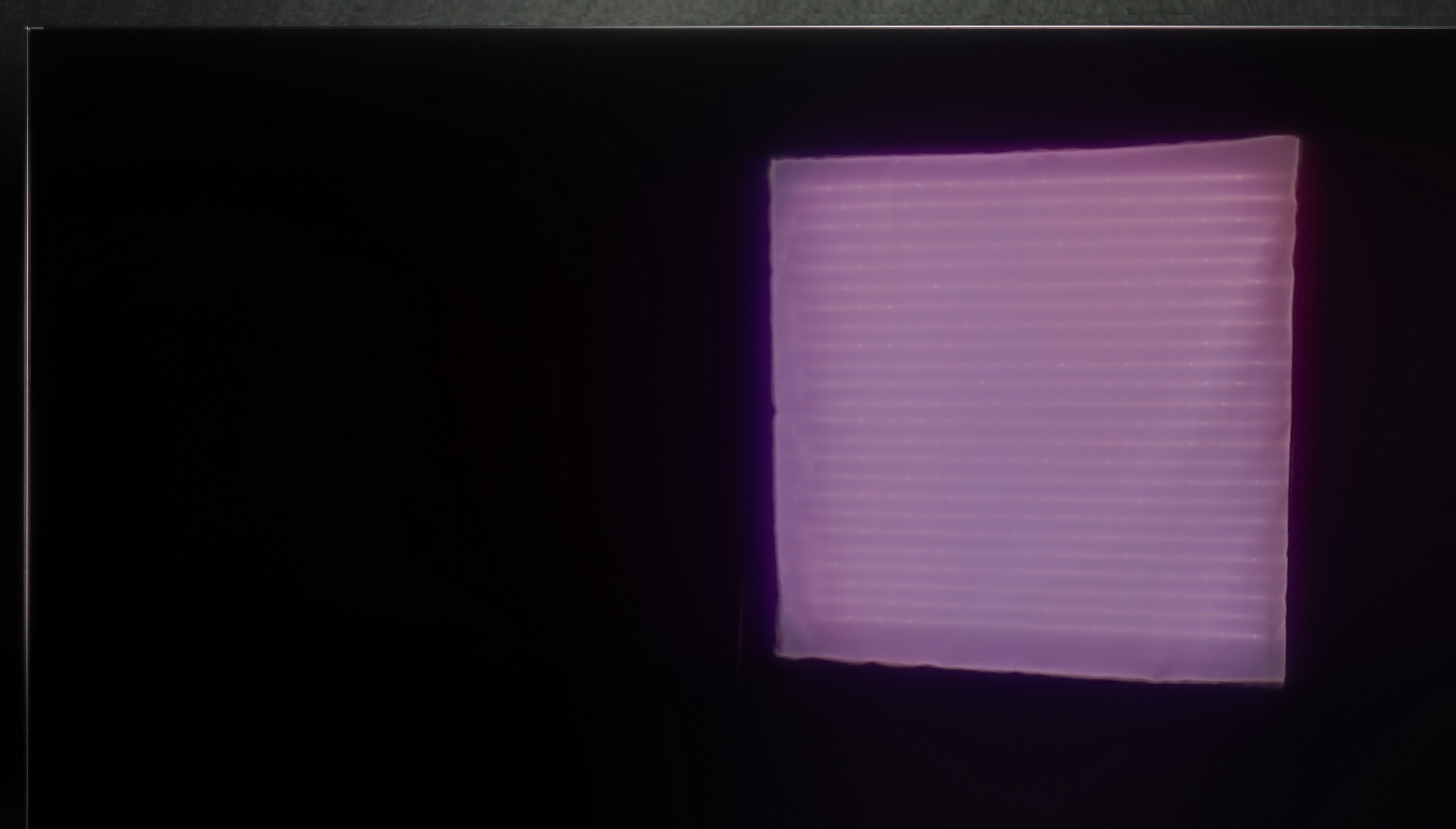

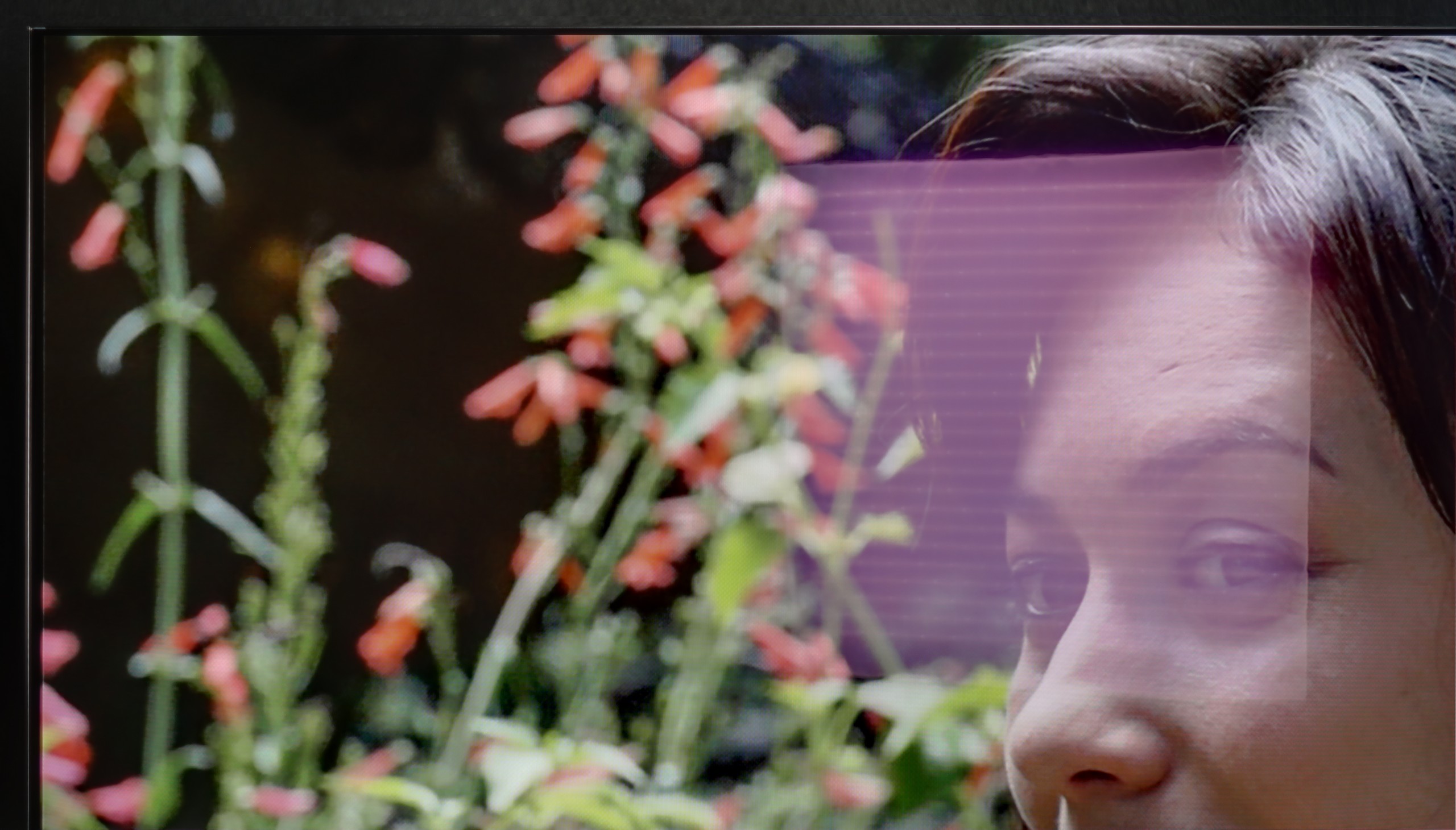
Matrix brightness
Average luminance SDR
LG OLED C5: 435 cd/m2
Philips OLED769: 258 cd/m2
The performance of the Philips OLED769 TV during the day leaves a bit to be desired. The panel, despite being satin, reasonably suppresses reflections, which can be noticeable in bright rooms. The low rating is primarily due to the fairly mediocre brightness of the TV—250 nits is unimpressive and may not be sufficient to provide adequate image quality in strong daylight. This means watching on sunny days can be less comfortable, and image details may be harder to see.
LG C5 is one of the brighter OLED TVs on the market, so it should perform well in moderately bright rooms without major issues. The average brightness in SDR mode is around 450 nits – a value sufficient for the picture to remain readable even during the day. Importantly, the black does not lose depth and does not turn "grey," which can still be a problem with QD-OLED panels.
Reflections, however, may pose a greater challenge. The WOLED panel used in the LG C5 has a glossy coating typical of this technology, which only partially diffuses reflections. In a well-lit living room with large windows, you can see your reflection on the screen – slightly muted but still visible. In a very sunlit room, it may turn out that blinds or curtains are necessary to fully enjoy the great picture quality.
Details about the matrix
Subpixel Structure:

Panel uniformity and thermal imaging:


TV features
5.7/10
7.9/10
- HDMI inputs0 x HDMI 2.0, 4 x HDMI 2.1 48Gbps0 x HDMI 2.0, 4 x HDMI 2.1 48Gbps
- Other inputsIR (remote)
- OutputsToslink (Optical audio), eARC (HDMI), ARC (HDMI), Mini-Jack (Headphones)Toslink (Optical audio), eARC (HDMI), ARC (HDMI)
- Network InterfacesWi-Fi 2.4GHz, Wi-Fi 5GHz, Ethernet (LAN) 100MbpsWi-Fi 2.4GHz, Wi-Fi 5GHz, Ethernet (LAN) 100Mbps
- TV receptionDVB-T, DVB-T2, DVB-S, DVB-S2, DVB-CDVB-T, DVB-T2, DVB-S, DVB-S2, DVB-C
Classic features:
- Recording to USB (terrestrial TV)
- Recording programming
- Picture in Picture (PiP)
- RF remote control (no need to aim at the screen)
- Backlit remote control
- Teletext
- Audio only mode
- Bluetooth headphones support
- Simultaneous Bluetooth headphones & TV audio
Smart features:
- AirPlay
- Screen mirroring (Windows Miracast)
- Voice search
- Voice search in native language
- Ability to connect a keyboard and mouse

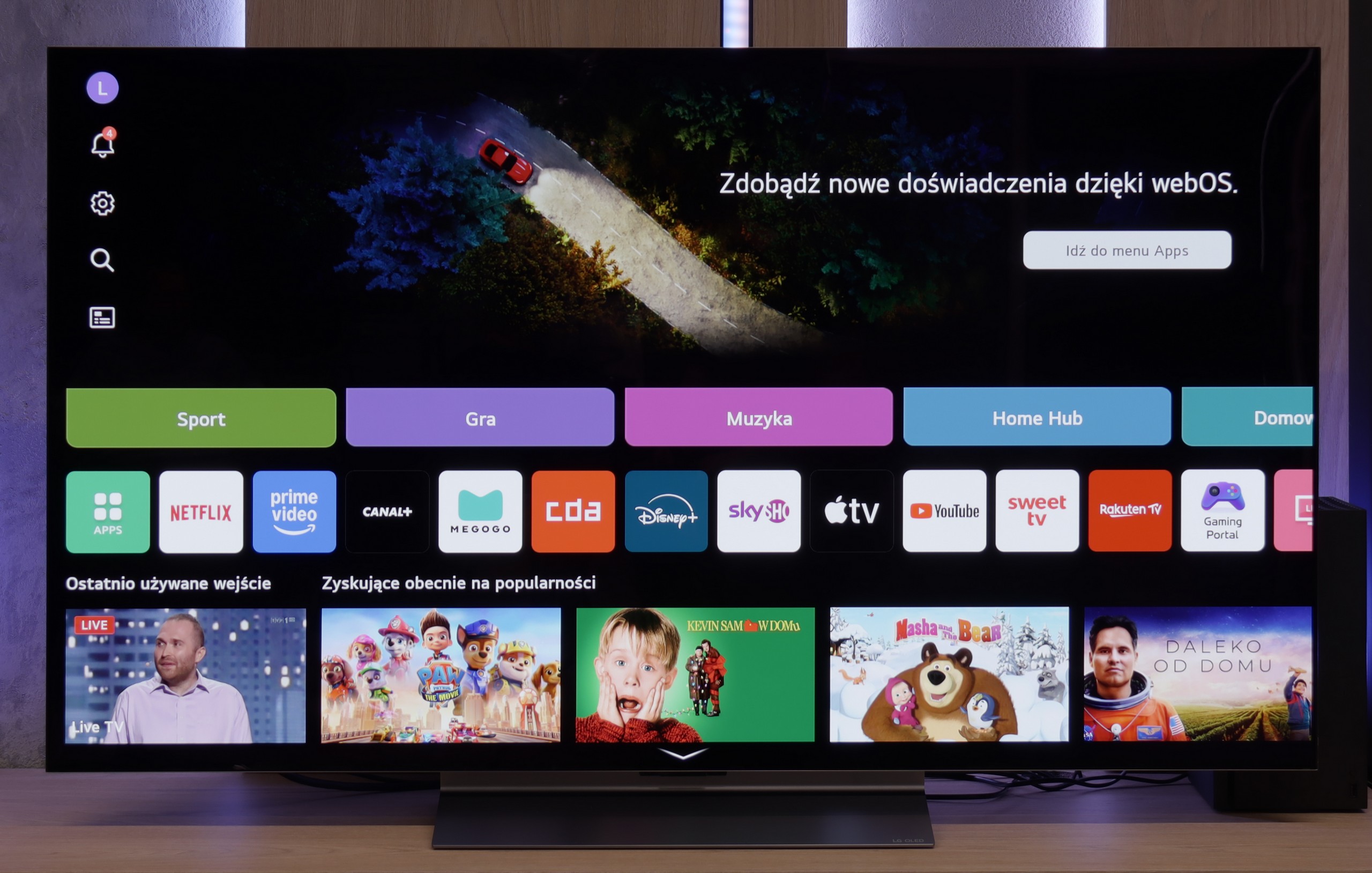
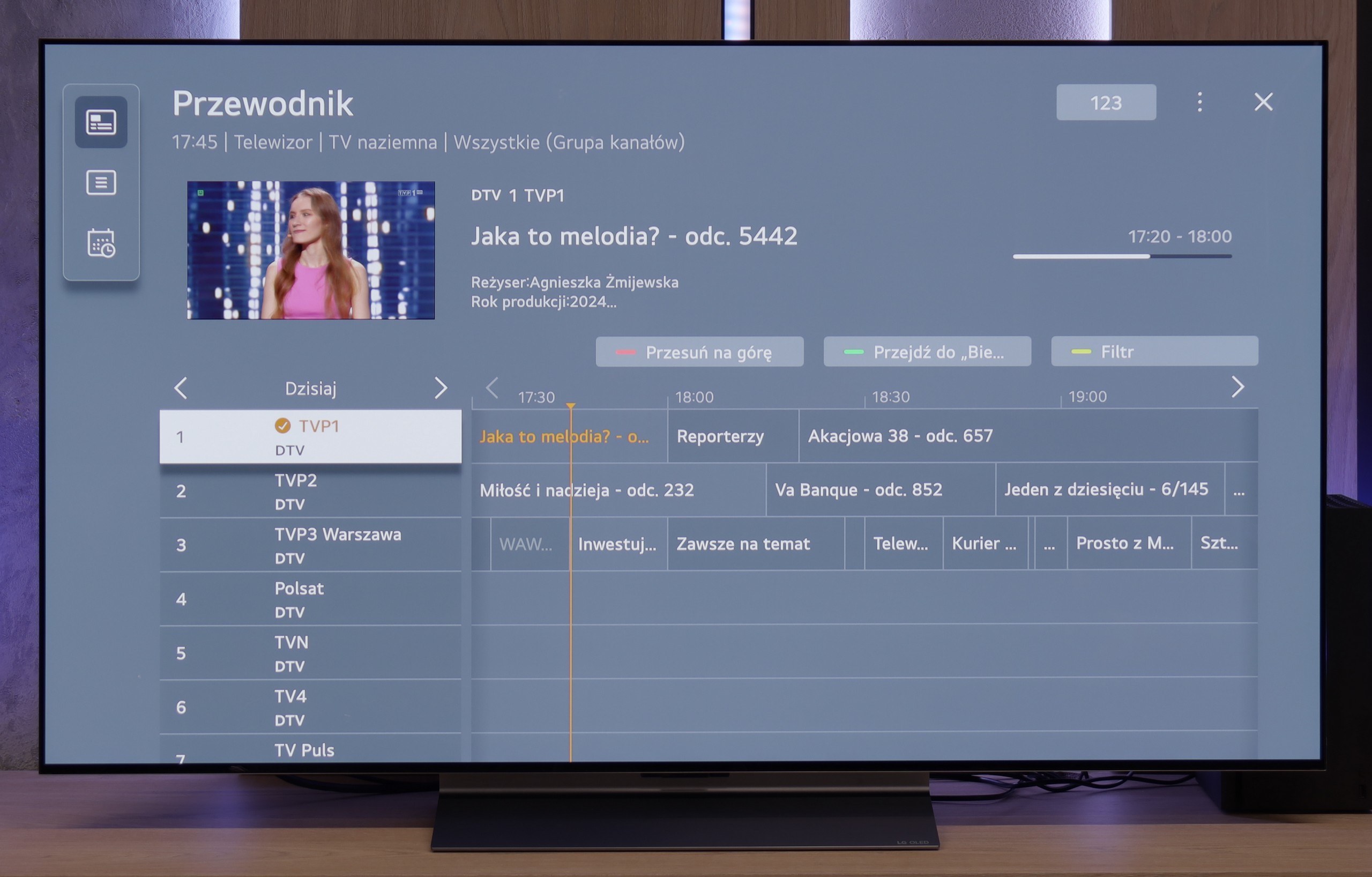
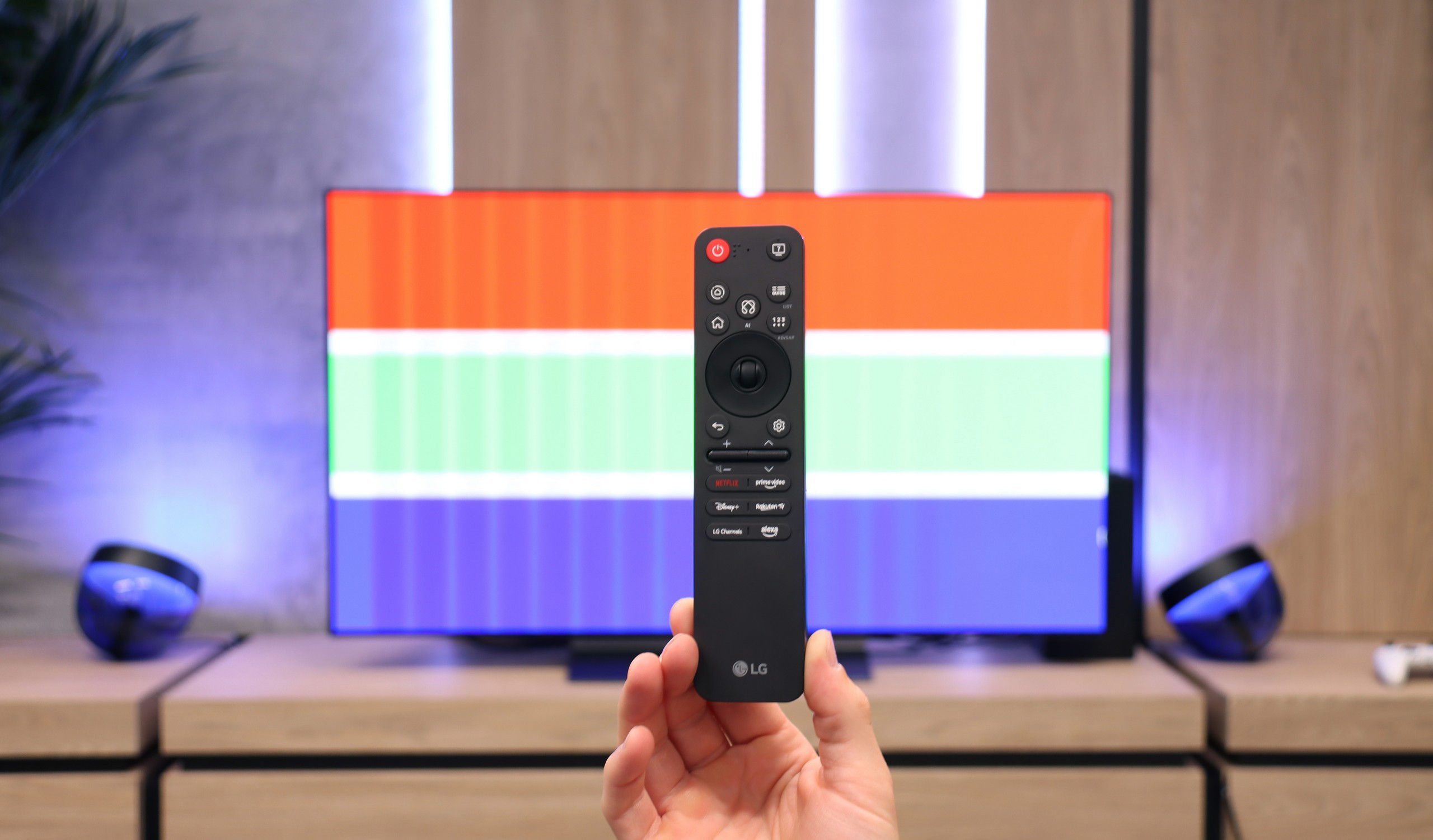
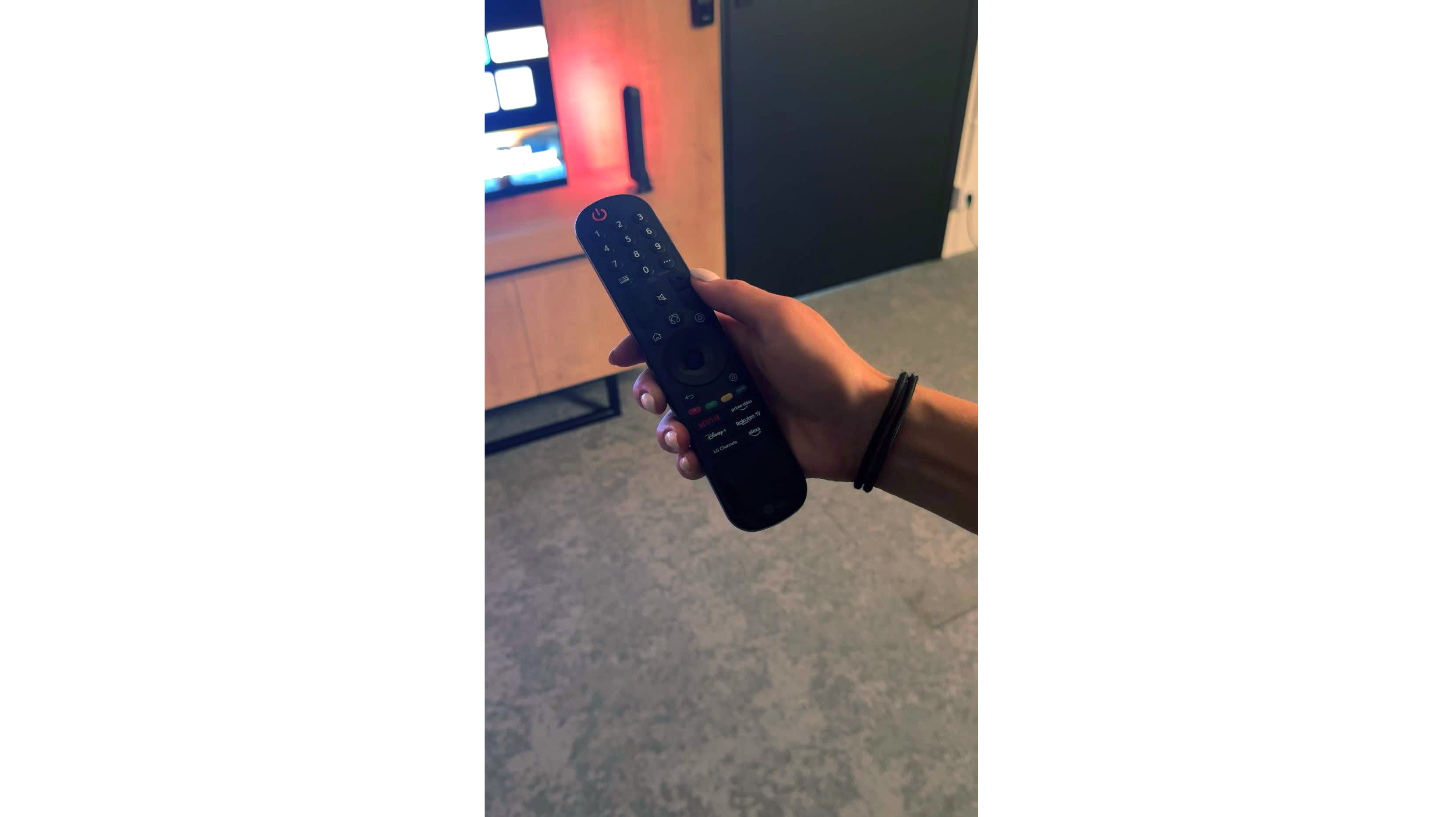
The biggest advantage of the Philips OLED769 television is undoubtedly the three-sided Ambilight system. This technology really makes a difference by extending the screen onto the walls around the TV and creating the illusion of a larger screen. It not only enhances the visual experience but also adds a unique atmosphere, whether we are watching a movie, playing games, or using other multimedia.
Interestingly, there is a new remote included with TVs featuring the TitanOS system. Thanks to its backlighting, it is very convenient to use; however, its wireless nature leaves something to be desired. The hybrid design means that sometimes you have to aim at the TV screen, while other times you don’t – depending on the button being used, which can be a bit annoying.
In the context of the operating system, Philips has introduced a new strategy for this year, replacing the previous open GoogleTV system with its own proprietary TitanOS. As with new technologies, TitanOS has its teething problems. It currently offers only a few basic applications, and the app store doesn't impress with its variety. This may disappoint some users who expect a wide range of available applications. Furthermore, the lack of support for AirPlay and the ability to record to USB are additional limitations that may be problematic.
Classic TV Features:
In terms of classic TV functionalities, the LG C5 performs really well. Here, we have the option to record programs to USB from built-in DVB-T(2) tuners, support for teletext, an EPG channel list, and seamless pairing of headphones via Bluetooth. For many users, these are still very important elements of everyday TV use – and LG doesn’t fall short in this area, except for the PIP function. It is worth noting the topic of the remote, or rather... the different versions of the remote. In our test, we used the C54 model, which is equipped with the new version of the Magic remote. It somewhat resembles Samsung's minimalist approach – there’s no numeric keypad or "source" button, but it looks modern and is comfortable for everyday use. Conversely, other variants, such as C5ELB, may be sold with an older version of the remote – a more classic one, with more buttons and a numeric keypad. Some may consider it more practical, while others see it as outdated. In short: quite a bit of confusion, so it's worth checking the model suffix before purchase.
Smart TV:
Regardless of the version of the remote, we’re operating the same system – WebOS. This is one of the most enjoyable solutions in the Smart TV world. The intuitive menu, fast performance, and support for popular features, such as AirPlay, screen mirroring, or voice assistant, make the system perform very well in everyday use. Additionally, controlling the cursor using the gyroscope in the Magic remote remains one of the most convenient forms of navigation in TVs. There are really quite a few applications here – Netflix, Disney+, HBO Max, Apple TV, and many more. However, one must remember that this is not a system based on Android/Google TV, so it may happen that we simply cannot find some less popular app in the LG store.
Playing files from USB
8.2/10
8.8/10
Supported photo formats:
Maximum photo resolution:

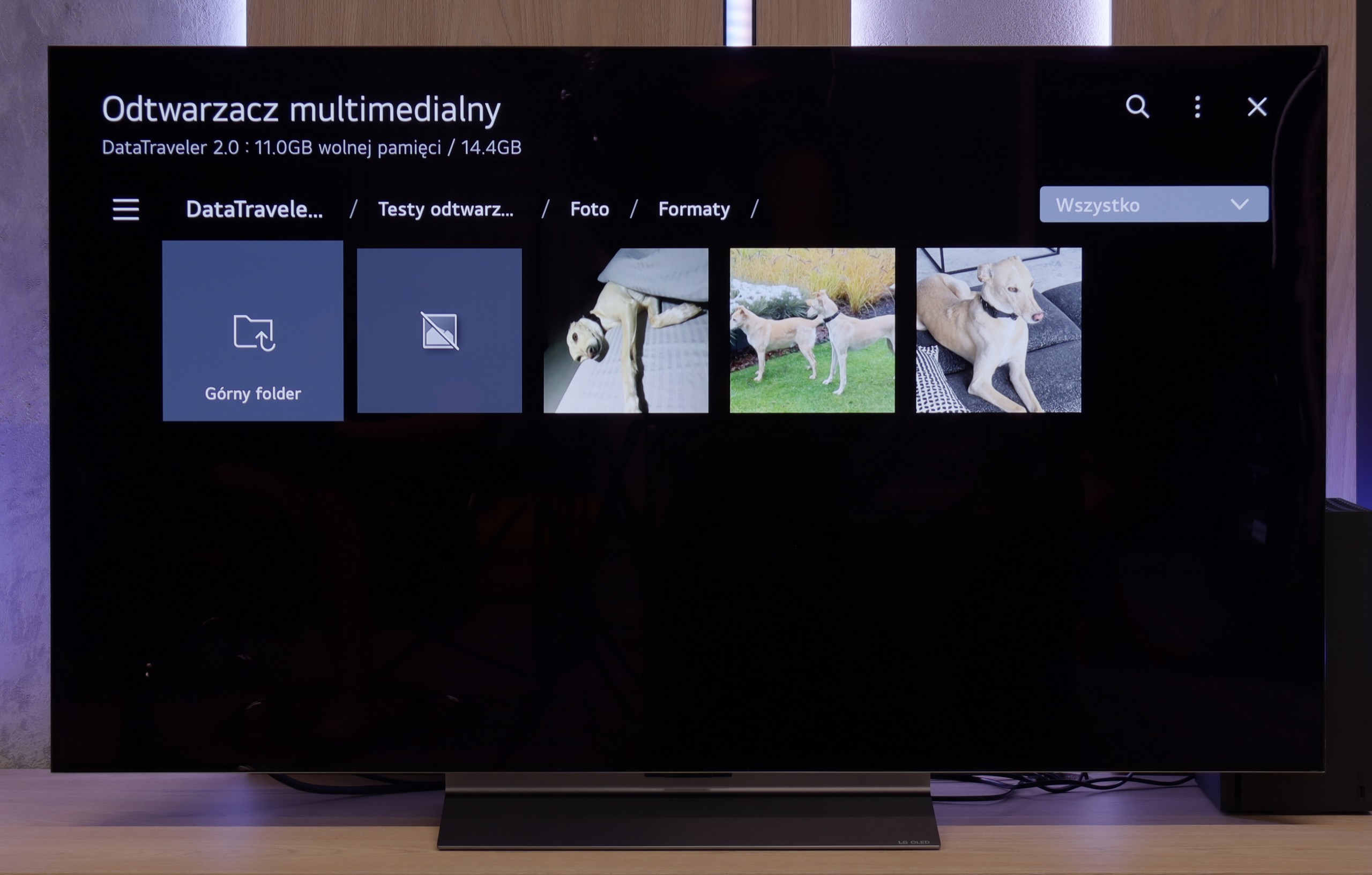
The built-in player in Philips OLED769 generally performs well. Although it may lack support for non-standard formats, which could be an issue for specific users, most should be satisfied with the available options. The built-in player in the TitanOS system allows for the reading of Polish characters and changing the font colour, which additionally makes everyday usage easier. Thanks to these features, playing files from USB is comfortable and versatile.
The LG C5 is equipped with quite a decent built-in media player that should meet the expectations of most users. It supports popular video and audio formats, handles SRT subtitle files, and opens most graphic files without major issues.
The interface itself is fairly simple and intuitive – it doesn't surprise, but it also doesn't create difficulties in everyday use. Of course, it's not at the level of external players or apps from Google TV, but for basic playback of films from a USB drive or hard drive – it's more than sufficient.
Apps
6.2/10
9.1/10














































Sound
6.7/10
7.2/10
- Maximum volume--
- Dolby Digital Plus 7.1
- Dolby True HD 7.1
- Dolby Atmos in Dolby Digital Plus (JOC)
- Dolby Atmos in Dolby True HD
- DTS:X in DTS-HD MA
- DTS-HD Master Audio
In the sound category, Philips OLED769 may not offer super dynamic sound, using 2x10W speakers. However, it is worth noting the support for all Dolby and DTS audio formats. This allows users to enjoy high-quality sound with the help of external players, despite the power limitations.
For such a slim television, the LG C5 surprisingly offers quite good sound quality. The thin body manages to house a set of decent speakers that produce clear audio, with well-defined details and – surprisingly – a light but perceptible bass. For everyday viewing, that's more than sufficient, and in many cases, it may even deliver a pleasant surprise. It's just a pity that this year LG decided to completely abandon support for DTS codecs. For most people, this won't be an issue, but if someone uses Blu-ray discs and enjoys that format – especially in its more advanced versions – they may notice its absence. In such cases, an external receiver or soundbar with appropriate audio support is the solution.


